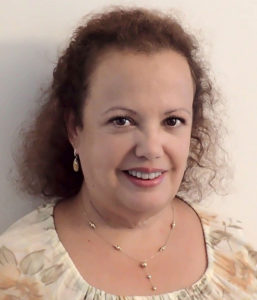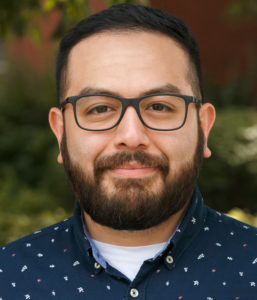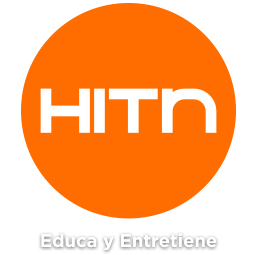By Marie Tejero Hughes, PhD and Geraldo Tobon, MEd
Children with a specific learning disability (LD) have a condition that makes it difficult to process information in their brains. The condition interferes with their learning of literacy and math skills. This processing difficulty can also affect children’s higher-level thinking skills, such as organization, memory, and attention.
Children with LD are very diverse with no two children showing the same characteristics. Common characteristics linked with LD can include:
- Academic problems
- Difficulties following directions or routines
- Short attention span and easily distracted
- Disorganized
- Social skills deficits
- Delayed speech development
- Difficulties listening and remembering
- Slow fine motor skills development
Typically, children with LD are of average or above-average intelligence but have academic difficulties in school and are not making satisfactory progress for their grade level. LD is not associated with the language the child speaks or a result of a visual or hearing disability.
Types of Specific Learning Disabilities
LD is one of 13 categories of disabilities under the Individual with Disabilities Education Act (IDEA), a federal law. LD is an umbrella term that describes several learning disabilities, including:
- Dyslexia refers to difficulties with reading. Children with dyslexia may have trouble connecting letters with the sounds they make and reading fluently. Children may struggle to understand what is read or remembering important points.
- Dysgraphia refers to difficulties with writing, including spelling, grammar, and handwriting. Children with dysgraphia may struggle to write letters clearly and may write slowly. They may have trouble organizing and writing their thoughts on paper.
- Dyscalculia refers to difficulties in learning math. Children with dyscalculia may struggle doing math problems or understanding number-related concepts. They may have problems remembering math facts and confusing math symbols.
How are Specific Learning Disabilities Detected?
A LD is often detected when a child is in school, and it becomes noticeable that the child has difficulties learning reading, writing, and/or math. A child’s teacher usually observes that the child is struggling with learning what is being taught. For example, a child may continue to show difficulties with letter sounds even after a few months of direct teaching of the sounds. The teacher might notice this by noting that the child is doing poorly on quizzes or assignments despite being retaught the material. LD is sometimes detected when a parent notices that their child is not doing well academically. They might see that the child has a hard time completing homework at home or that their child is struggling with reading a book.
Many times, bilingual children are identified later, because teachers may think the child is having difficulties due to learning a new language. However, it is important that testing is not delayed due to the language the child speaks or the educational program the child is enrolled in. The school will involve a team of professionals such as a school psychologist and speech pathologists in the testing.
Possible Causes
Educators do not know the exact causes of LD. Still, it does appear that heredity and brain differences may have an impact. LD tends to run in families, and it is common that a child identified with LD may have a parent or sibling with LD. Brain imaging studies have shown some differences in the brains of people with and without LD while processing information. Recent studies also indicate that different brain regions cannot predict specific difficulties, but that there can be an association between brain connectivity and more severe LD.
The IEP
Children suspected of having LD get tested by the school to determine if they have LD and to see if they qualify for special education services. Bilingual children should be tested in both languages. If testing indicated LD, then the child receives special education services and an individualized education program (IEP) is developed. An IEP is a legal document that details the supports your child will receive by the school.
Advice and Suggestions for Parents
There are many ways parents can support their children with LD both at home and at school. If you suspect your child has LD, you can:
- Talk to your child’s teacher to see if they have similar concerns. If they do have concerns, suggest that you come up with a plan to assist your child.
- Discuss with the teacher how you can help support your child at home.
- If your child continues to struggle, write a letter to the school stating your concerns. The school is obligated to get back to you and come up with the next steps to support your child.
Here are some ways you can support your child at home if they have been diagnosed with LD:
- Have a dedicated time and place for homework. This will help your child be organized. It will also help your child mentally prepare to complete homework and help avoid frustration.
- Provide praise and a reward whenever your child has successfully completed their homework.
- Have dedicated time throughout the week to read books together, play learning games, or practice skills in a fun and exciting way.
- Try to avoid having your child study or practice in a way that will make them frustrated. Instead of asking your child to study their math facts, make it a fun game of memory.
- Maintain constant communication with your child’s teacher. Contact your child’s teacher weekly to see how your child is doing in school. By having constant communication, you can work alongside the teacher to develop a plan, so your child does not fall behind.
Remember, children with LD can be successful in school when appropriate supports are provided. Schools must provide bilingual children identified with a disability with both the language assistance and disability services they are entitled to.
Dr. Marie Tejero Hughes is a Professor of Special Education at the University of Illinois at Chicago and is an expert in learning disabilities and literacy. She frequently works with Hispanic families on research projects designed to support their involvement in education.
Mr. Geraldo Tobon is a special education teacher and a doctoral student at the University of Illinois at Chicago. He is interested in effective instruction for bilingual students with disabilities.




